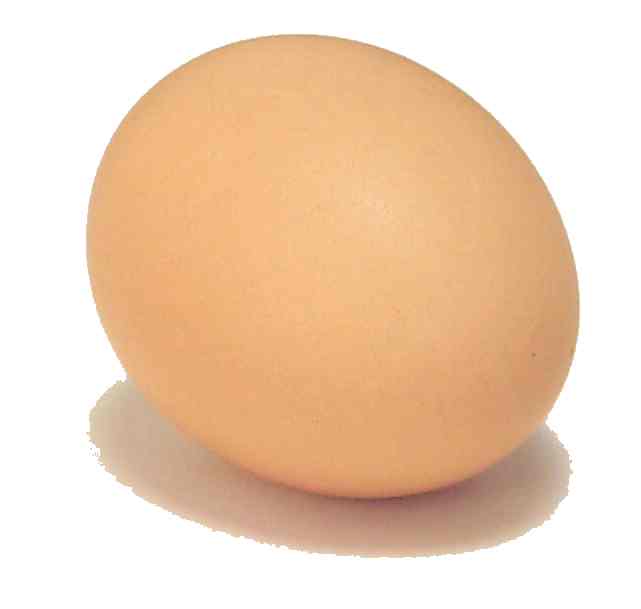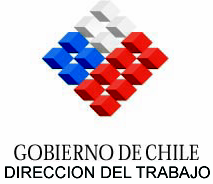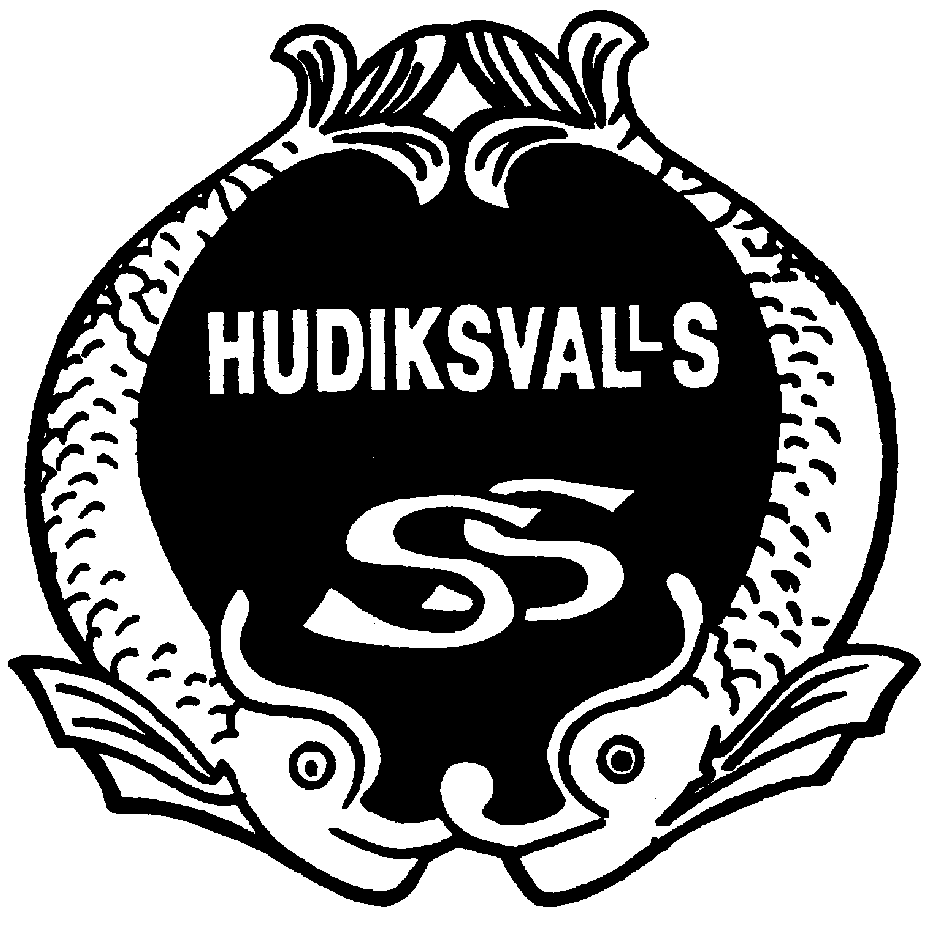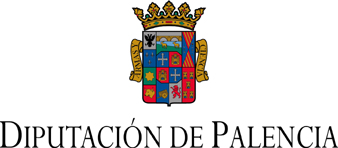chapter 6: firms and production =============================== * firms’ goal is to maximize their profit. * profit function: π= r –
Chapter 6: Firms and Production
===============================
* Firms’ goal is to maximize their profit.
* Profit function: π= R – C = P*Q – C(Q)
* where R is revenue, C is cost, P is price, and Q is quantity
* Production function: the relationship between the quantities of
inputs used and the maximum quantity of output that can be
produced. It summarizes the technology of transforming inputs into
outputs. e.g.) q = f(L,K)
* Fixed input vs. variable input
Short-Run: At least one factor of production is fixed
=====================================================
* For production function: q = f(L,K)
* Average product of labor (AP) = q/L
* Marginal product of labor (MP) = △q/△L
* AP increases when MP exceeds AP and decreases when MP is exceeded
by AP.
Diminishing Marginal Returns (or diminishing marginal product)
==============================================================
* If a firm keeps adding one more unit of input, holding all other
inputs and technology constant, the extra output it obtains will
become smaller eventually.
* Why?
* Too many workers per machine
* Increases the cost of managing labors, etc.
Example: A Cobb-Douglas Function
================================
* Production Function:
* Capital (K) is fixed. Only labor (L) is variable.
* The marginal product of Labor is
* The second derivative of q w.r.t. L is
* which is negative: Concave function.
*
* Assume that K is fixed at 100. Draw the production function and
the marginal product of Labor.
Long-Run: All inputs are variable
=================================
* Firms can vary input mix to achieve the most efficient production.
* Isoquant: a curve that shows the efficient combinations of labor
and capital that can produce a single level of output (similar to
indifference curve)
* Marginal Rate of Technical Substitution (MRTS):
* the extra units of one input needed to replace one unit of
another input that allows a firm to produce the same level of
output
* slope of an isoquant (i.e., )
Diminishing marginal rate of technical substitution
===================================================
* Diminishing marginal rate of technical substitution
Unique Isoquants
================
MRTS and Marginal Products
==========================
* By definition of isoquant:
* To see the small change in q, totally differentiate an isoquant:
*
* Marginal increase in output from increasing L
* Change in L
* Total increase in output from increasing L by dL
Example: A Cobb-Douglas Function
================================
* Production Function:
* Capital (K) is not fixed (long-run).
* The marginal product of Labor is
* The marginal product of Capital is
* The marginal rate of technical substitution (MRTS) is
* Draw the isoquant curve.
*
Returns to Scale
================
* How much output changes if a firm increases all its inputs
proportionately.
* Long-run concept
* Constant Returns to Scale (CRS):
* t * f(x1, x2) = f(tx1, tx2)
* Increasing Returns to Scale (IRS):
* t * f(x1, x2) < f(tx1, tx2)
* Decreasing Returns to Scale (DRS):
* t * f(x1, x2) > f(tx1, tx2)
Reasons for increasing or decreasing returns to scale
=====================================================
* Increasing Returns to Scale (IRS):
* A larger plant may allow for greater specializations of inputs.
*
* Decreasing Returns to Scale (DRS):
* Management problems may arise when the production scale is
increased, e.g., cheating by workers.
* Large teams of workers may not function as well as small teams.
*
For a Cobb-Douglas production function:
=======================================
* If we double all inputs,
* CRS if
* IRS if
* DRS if
Productivity and Technical Change
=================================
* Technical change:
* Neutral technical change
* q = A*f(L,K)
* Non-neutral technical change
* e.g. from labor-using to labor-saving
Illustration of Neutral Technical Change
========================================
* K
* L
* q = 30 → q = 45
* q = 20 → q = 30
* q = 10 → q = 15
* Isoquants
Illustration of Non-neutral or Biased Technical Change
======================================================
* K
* L
* K-using or L-saving
* L-using or K-saving
* Original isoquants
 IDONEIDAD DEL TRIBUNAL Y REVISORES EXTERNOS PROGRAMAS DE DOCTORADO
IDONEIDAD DEL TRIBUNAL Y REVISORES EXTERNOS PROGRAMAS DE DOCTORADO UŽDUOTYS SUTARTINIAI ŽYMĖJIMAI € EURAI Q
UŽDUOTYS SUTARTINIAI ŽYMĖJIMAI € EURAI Q (YDİ 339 İŞ HAYATI İÇIN YABANCI DIL ENG 301
(YDİ 339 İŞ HAYATI İÇIN YABANCI DIL ENG 301 MATERIÁL PRO MASMÉDIA TISKOVÁ KONFERENCE A TEXT PRO NOVINYČASOPISY
MATERIÁL PRO MASMÉDIA TISKOVÁ KONFERENCE A TEXT PRO NOVINYČASOPISY 5 D EPARTAMENTO JURIDICO K 16455(05) 04 ORD
5 D EPARTAMENTO JURIDICO K 16455(05) 04 ORD STYLEPOSITION ABSOLUTE TOP 012IN LEFT 063IN US DEPARTMENT OF
STYLEPOSITION ABSOLUTE TOP 012IN LEFT 063IN US DEPARTMENT OF SPONSRING HSS HUDIKSVALLS SIMSÄLLSKAPS VISION ÄR ATT VERKA FÖR
SPONSRING HSS HUDIKSVALLS SIMSÄLLSKAPS VISION ÄR ATT VERKA FÖR COMMITTEE USE ONLY – NOT FOR PUBLICATION DOCUMENTFILENAME040825DOC AESX098
COMMITTEE USE ONLY – NOT FOR PUBLICATION DOCUMENTFILENAME040825DOC AESX098 SERVICIO DE ASISTENCIA Y COOPERACIÓN MUNICIPAL REVISIÓN DEL PADRÓN
SERVICIO DE ASISTENCIA Y COOPERACIÓN MUNICIPAL REVISIÓN DEL PADRÓN